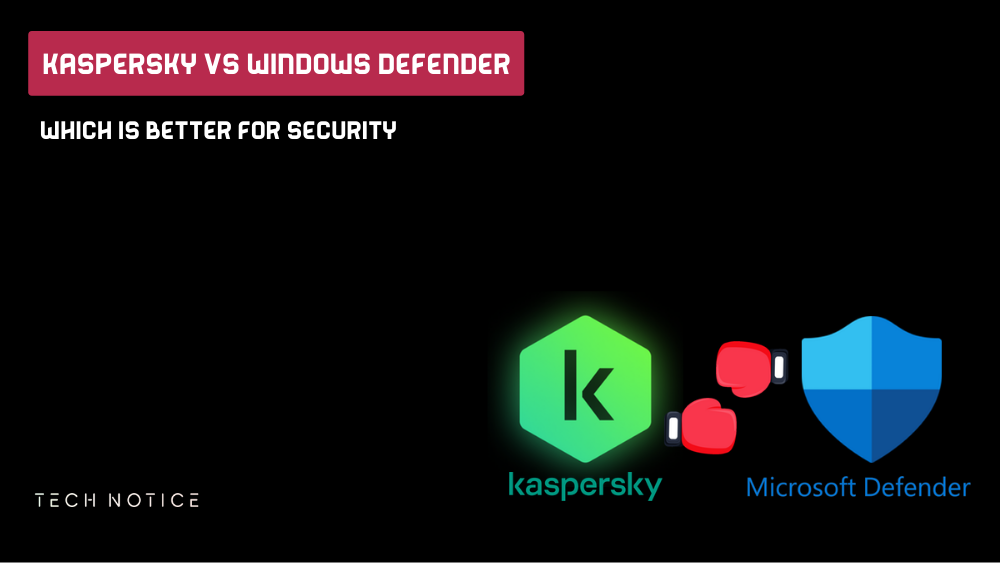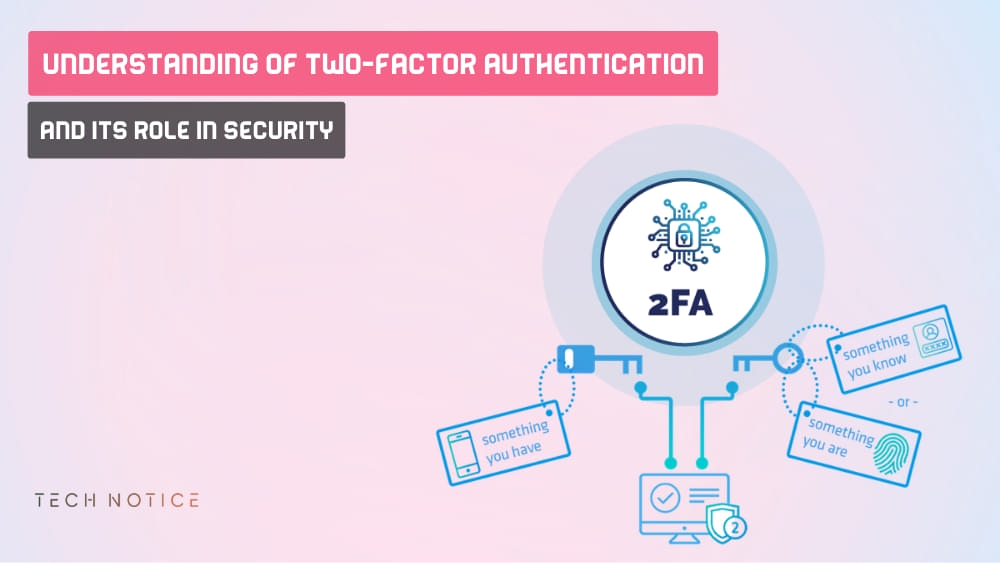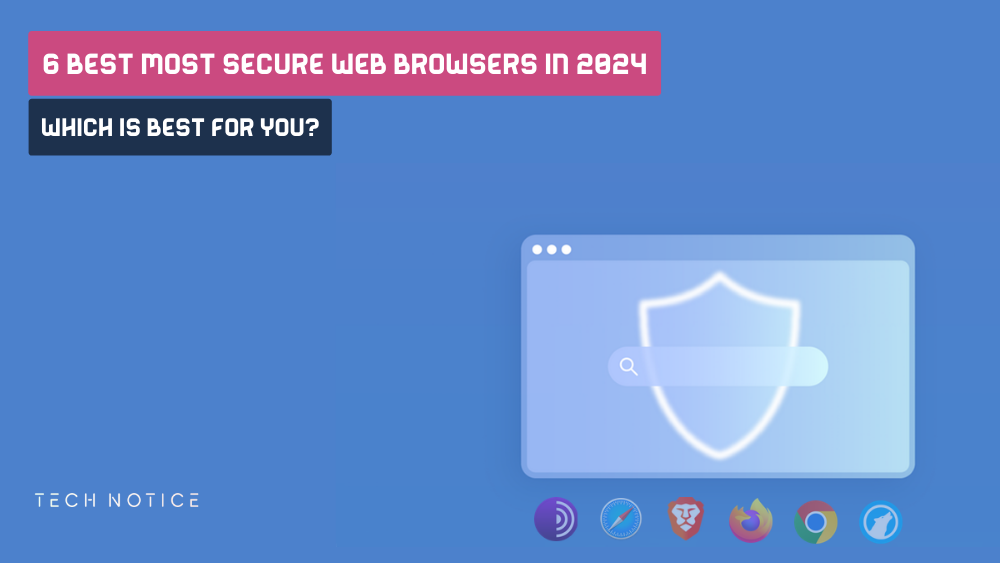# Best Practices To Creating Safe And Strong And Unique Passwords

Our daily life depends heavily on our digital accounts, so it has becomeimperative to give the first priority to online safety.
An essential step in protecting our digital lives is to create strong,unique passwords for all of our accounts that we create.
Unfortunately, many individuals still resort to creating weak andeasy-to-guess passwords, which makes them vulnerable to cyber threats suchas hacking, identity theft, and unauthorized access to their personalaccounts.
We’ve put together a comprehensive tutorial detailing recommended practicesfor coming up with strong, unique passwords to help you strengthen youronline fortress.
By implementing these strategies and tips, you can greatly enhance youronline security and protect your sensitive information from falling into thewrong hands.
Passwords act as the first line of defense against unauthorized access toour online accounts.
They act as virtual keys to our digital lives, protecting personalinformation, financial details, and private communications.
However, creating a strong password is not as simple as it might seem.
Many people fall into the trap of using weak passwords or reusing the samepassword across multiple accounts, leaving them vulnerable to cyberattacks.
To mitigate these risks, it is essential to follow best practices forcreating passwords that combine complexity, uniqueness, and ease ofretention.
The Importance of Creating Strong and Unique Passwords
Create Weak passwords make it easier for malicious actors to hack into andsteal your accounts, which can lead to disastrous consequences.
Here are some reasons why you should prioritize creating strong, uniquepasswords:
- Brute-force protection: Hackers use bots to systematically guess passwords until they find the right one.
Strong passwords that contain a mixture of uppercase and lowercase letters, numbers, and special characters make this process more difficult, time-consuming, and impossible.
- Prevent Credential Stuffing: Cybercriminals often obtain usernames and passwords from data breaches and try to use them across multiple websites.
If you reuse the same passwords on multiple accounts, a successful hack on one platform may grant unauthorized access to other accounts as well.
Unique passwords for each account greatly reduce this risk, and even if one account is hacked, your other accounts will be inaccessible.
- Mitigating Dictionary Attacks: Attackers use software that systematically tries every word in the dictionary, including common variations and combinations, to guess passwords.
Strong passwords without easy-to-guess terms provide an effective defense against such attacks.
- Social Engineering Protection: Sneaky hackers may try to gain access to your accounts by tricking you into revealing your password through phishing emails or phone calls.
Strong and unique passwords make it difficult for them to succeed.
By understanding the importance of creating strong, unique passwords, youcan take proactive measures to secure your online presence and protect youraccounts and sensitive information.
Best Practices for Creating Strong and Unique Passwords
Now that we understand the importance of strong and unique passwords, let’sexplore the best practices for ensuring the ultimate protection of youronline accounts:
- Length is key
Aim for passwords that are at least 12 characters long.
Longer passwords provide a higher level of complexity and security and are more difficult to crack.
Consider using a passphrase instead of a single word, or combining multiple words or unrelated terms.
For example, “purplebutterflyskyrain” is more secure than “password123”.
- Create complex passwords
Include a mix of uppercase and lowercase letters, numbers, and special characters.
Avoid expected patterns or popular substitutions.
Instead of using “P@ssw0rd,” try more creative alternatives like “P@intbrU5H$ky”.
Consider using a password manager to create and store complex passwords securely.
- Avoid personal information
Avoid including personal details such as name, date of birth, or addresses in your passwords.
Hackers can easily collect this information from public sources or social media profiles.
- Do not reuse same passwords
Never reuse the same passwords across multiple accounts.
If one account is hacked, all other accounts that share the same password become vulnerable.
Use a unique password for each online platform or service.
- Enable Two-Factor Authentication (2FA)
Two-factor authentication adds an extra layer of security to your accounts.
Implement two-factor authentication whenever possible on your accounts, requiring a password and a second form of verification, such as a fingerprint, SMS code, or authenticator app.
- Update passwords regularly
Change your passwords periodically, preferably every three to six months, as regular updates reduce the risk of unauthorized access, especially if a breach occurs on the platform you are using.
- Be vigilant against phishing attempts
Be wary of emails , messages, or calls asking for your password or personal information.
Avoid clicking on suspicious links or providing sensitive details unless you can verify the legitimacy of the source.
Validate the site before entering your login credentials.
- Educate yourself and stay informed
Try to keep up with the latest cybersecurity news and protection best practices.
Stay informed about common hacking techniques and emerging threats.
Regularly review the security settings of your online accounts and adjust them accordingly, especially the passwords saved on your browser.
Let’s explain why this password is considered strong:
- Length: The password is 16 characters long, which corresponds to the recommended minimum length of 12 characters.
- Complexity: includes a mixture of uppercase letters (Z – A), lowercase letters (a – z), numbers (0 – 9), and special characters (@, $, !), the combination of different character types adds complexity and makes password cracking more difficult difficulty.
- No personal information: The password does not contain any easily obtainable personal information, such as a username, date of birth, or known details.
- Unpredictability: The password does not follow any obvious patterns or alternatives, making it difficult for automated tools to guess.
Remember that this is just one example of a password being consideredstrong.
Creating your own unique password by following the best practices mentionedearlier will greatly improve your online security.
Avoid using common words, phrases, or information that is easy to guess, andaim for complexity and uniqueness to effectively protect your digitalassets.
Password managers encrypt your passwords and provide an additional layer of protection.
Password managers are a software application designed to create, store, andmanage complex passwords for your various online accounts.
They provide a secure and convenient password handling solution, eliminatingthe need to remember many long and complex passwords.
Here are some of the main reasons why password managers are highlyrecommended:
- Strong password generation: Password managers can automatically generate passwords with a mixture of uppercase and lowercase letters, numbers and special characters, these passwords are usually of the required length and complexity, making them extremely secure.
- Secure Storage: Password managers store your passwords in an encrypted database, this encryption ensures that even if the password manager’s data is compromised, the stored passwords remain unreadable and inaccessible to hackers.
- One master password: To access the password manager, you only need to remember one master password, this master password unlocks the vault where all your other passwords are stored.
- Autofill and auto-login: Password managers often come with browser extensions that can autofill login details for you on websites, this feature simplifies the login process and reduces the risk of errors while typing passwords.
- Cross-Platform Syncing: Many password managers offer cross-platform support, allowing you to access your passwords from different devices, including smartphones, tablets, and computers.
- Two-Factor Authentication (2FA): Some password managers also provide the option to enable two-factor authentication for added security.
Popular password managers include LastPass , Dashlane , 1Password , and Bitwarden.
Before choosing a password manager, it is essential to research and chooseone from a reputable provider that has a proven track record of strongsecurity practices and regular updates.
Remember that even though password managers greatly enhance security, it isimperative to seriously protect your master password and ensure that youhave adequate account recovery options in place to avoid losing access toyour vault.
Conclusion
Creating strong, unique passwords is an essential aspect ofprotecting your online identity and sensitive information.
By following the best practices outlined in this guide, you cansignificantly improve your security posture and defend against cyberthreats.
Remember that a strong password is your first line of defense againstunauthorized access, so invest the time and effort to create strong, uniquepasswords for each of your online accounts.
Stay on top of emerging threats, enable two-factor authentication wheneverpossible, and update your passwords regularly.
By implementing these practices, you can protect your digital life and enjoygreater peace of mind in an increasingly connected world.
Remember, your digital security is in your hands – so make it a toppriority!

The 7 Best Antivirus with AI To Protect You From Security Threats
By Zouani in - 16 Mar, 2024
Kaspersky Vs Windows Defender: Which Is Better For Security
By Zouani in - 16 Feb, 2024
Understanding Of Two-Factor Authentication (2FA) And Its Role In Security
By Zouani in - 17 Jan, 2024
Difference Between Bitdefender Vs Kaspersky Antivirus: Which Is Best?
By Zouani in - 17 Jan, 2024
Ultimate Guide To Downloading From Torrenting Safely In 2025
By Zouani in - 18 Dec, 2023
6 Best Most Secure Web Browsers In 2025: (Which Is Best For You?)
By Zouani in - 18 Nov, 2023




